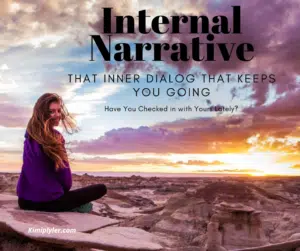Narrative, in its simplest definition, is a story. We all tell bits and pieces of our story every day, from social media posts to telling others how bad traffic was ‘on the way over’ or what our child did that made us laugh… or late!
Narrative is also a way of presenting a story, a way of presenting an account of a series of connected events to embody a specific interpretation or sentiment. As we expand the definition even further, we can discuss types of storytelling… of narrative and differing perspectives of the storyteller, the narrator… you.
How we tell our story has a direct impact on how others hear our story, what they take away with them, and how well they can relate your story to their own. This last piece is how stories can bridge the great divide of disparate perspectives to arrive at a common understanding.
Narrative tells the reader, the listener, the audience, how to respond to the information being presented. When the message is clear, consistent, and well-matched to the story and the intended audience, the storyteller successfully communicates the story and it can effectuate their desired impact or result.
When the narrative is unclear, inconsistent, or a poor fit for the story, the audience is left confused, dissatisfied, and unable to effectively reach your desired results. Even worse, they may incorrectly assess your perspective and tune out, turn off, or close the cover. Now you have lost your audience.
Like it or not, you don’t have to be a semi-autobiographical memoir author, celebrity chef, politician, or otherwise newsworthy individual to have your story ‘out there’ on some level anymore, and if you aren’t writing your own narrative who is? The likely answer is Google algorithms, your Facebook friends, and Linkedin contacts, to name a few.
Regardless of how or why your story is being told, the narrative either furthers the message of your story or hinders it, compels your audience or dissuades them, and either turns them off or embraces them. This is why narrative is important
